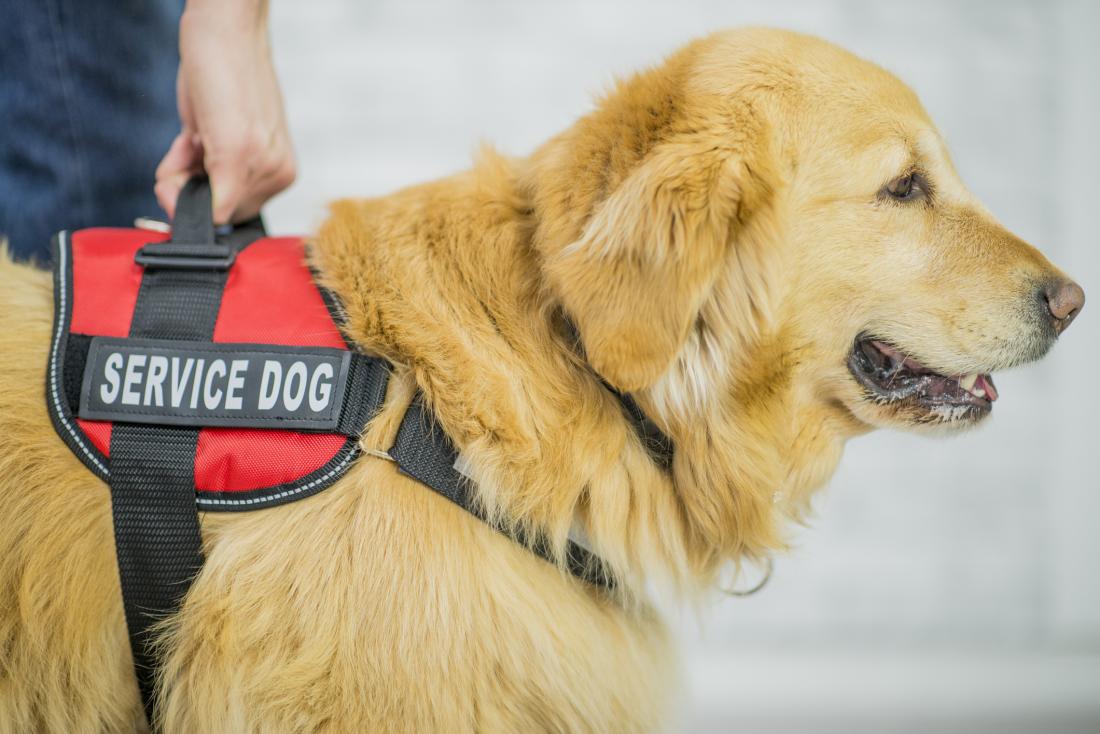
Psychiatric service dogs can detect the onset of psychiatric episodes. They can also help people with hearing loss, mobility problems, or epilepsy. In this article, you’ll learn more about these dogs’ roles and benefits. You’ll also learn how they work with other disabilities, such as autism. Here’s how they work. And learn how they help the people who need them. And see what makes them such a valuable addition to society and why even the car accident lawyer will try to help with his recovery after an incident.
Psychiatric service dogs detect onset of psychiatric episodes
Psychiatric service dogs are specially trained to alert their handlers to important sounds or situations. These dogs can work even when the handler is heavily sedated. Some of these tasks directly address the core symptoms of the client. Despite the variety of their tasks, these dogs are still relatively new. Psychiatric service dogs can help clients with memory and cognitive issues.
Psychiatric service dogs are specially trained to perform tasks related to the owner’s psychiatric illness. In their day-to-day lives, these dogs help their handlers cope with their psychiatric disorders. They may assist with tasks such as ensuring that the handler takes prescribed medications or preventing him or her from wandering. Those suffering from post-traumatic stress disorder can use their dogs to conduct room searches. However, it is important to note that just because a dog is present in a person’s home does not make it a psychiatric service dog.
They help people with epilepsy
Service dogs are invaluable assets for people with epilepsy. They serve as a constant companion and help the owner cope with the fearful experiences they face as a result of epilepsy. In addition to providing unconditional love and companionship, the dogs help people with epilepsy lead normal lives. For many, these animals are a lifesaver. But how do these animals help? Here are some of the ways they help people with epilepsy.
Seizure assistance dogs are specially trained to provide comfort and support during seizures. These dogs also help people develop a sense of independence and self-esteem. They are also beneficial as household pets. As well as helping those with epilepsy live an independent life, they help their owners cope with the emotional aspects of their condition. These animals also help them to socialize.
They help people with mobility impairments
Many different types of service dogs are available to assist people with mobility impairments. Mobility assistance dogs provide balance assistance and can brace their owner to maintain a balanced posture. These dogs are also trained to avoid physical pressure while providing counterbalance assistance. As a result, they can help the person with a variety of tasks, including transfers and transferring from one place to another. In many cases, the dogs can be trained to assist with tasks that would otherwise be too difficult for a human to do.
In the same study, participants with psychiatric conditions reported similar benefits to mobility SD partners. The presence of a service dog helped alleviate discomfort when interacting with others in public settings. In fact, nearly all participants reported reduced or eliminated discomfort as a result of the dog’s presence. This could be due to the negative public attitudes that often accompany disabilities, adding further burdens to daily life. These negative attitudes can limit a person’s ability to interact with others and engage in social activities.